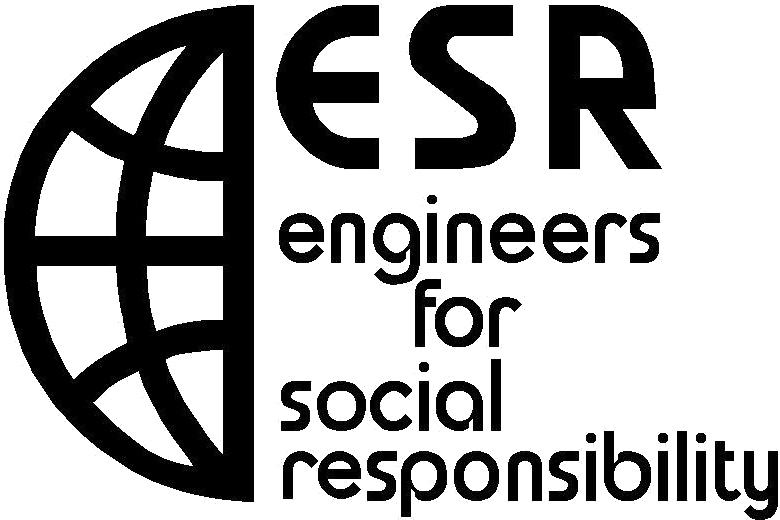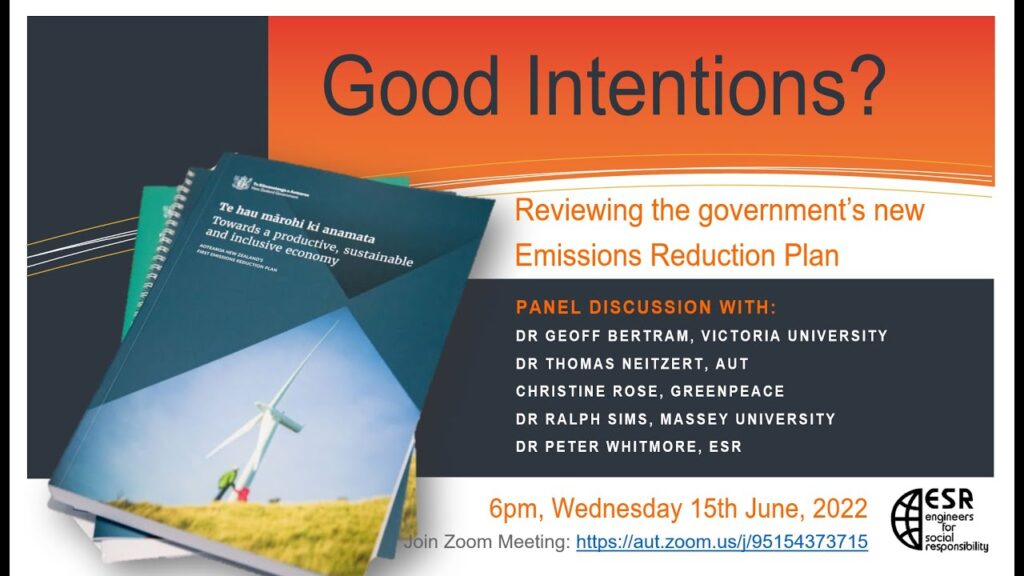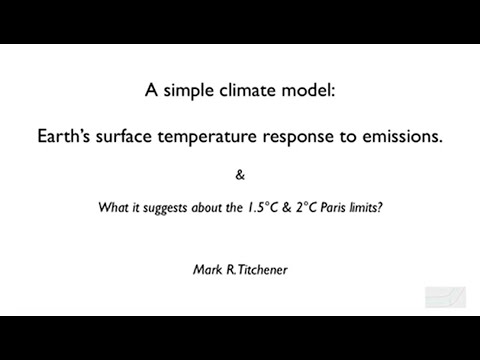Earth Building Developments in New Zealand
July 2022
– Dutch group targets hydrogen-fuelled commercial flight in 2028
– How Orkney is leading a tidal power revolution
– How to turn your garden into a carbon sink
– EV Battery Technology: The road to a breakthrough
– Kiwi electric bus conversion
– Australian company secures $700,000 deal for carbon capture and storage machine
– Methane may be much more sensitive to global heating than previously thought
Good Intentions? Reviewing the Government’s New Emissions Reduction Plan
New Zealand’s first emissions reduction plan was released by the Ministry for the Environment on 16 May 2022. An expert panel offered its reaction and comments on the government’s emission reduction targets and on the policies and strategies to reduce emissions for sectors such as transport, energy, waste, building construction and agriculture. Challenges lie ahead if we are to make an appropriate contribution to global efforts to limit temperature rise to 1.5°C.
Read MoreMay 2022
– New Zealand’s 2020 Greenhouse Gas Emissions Report & Domestic LongTerm GHG Reduction Targets
– Solid State Battery Development
– Six things you should know about the new IPCC report (AR6)
– UN says up to 40% of world’s land now degraded
– Sharp cut in methane now could help avoid worst of climate crisis
A Simple Climate Model of Earth’s Surface Temperature Response to GHG Emissions
A simple dynamical model relating Earth’s expected surface temperature anomaly to CO2 emissions will be presented. The obvious constraints and limitations aside, such a dynamical model enables a variety of emissions scenarios to be explored. Results are compared against findings in the IPCC AR5 and SR15 reports and we reflect on possible pathways ahead.
Read MoreSubmission In Response To: Price Discovery Under 100% Renewable Electricity Supply – Issues Discussion Paper
We very strongly agree with the need to take strong and immediate steps to limit climate change by reducing our greenhouse gas emissions. There are major issues regarding how the electricity market currently operates that are related to this and require urgent attention, but do not seem to be specifically covered in the discussion paper.
Read MoreMarch 2022
– IPCC issues ‘bleakest warning yet’ on impacts of climate breakdown
– Coal power’s sharp rebound is taking it to a new record threatening net zero goals
– How ‘super-enzymes’ that eat plastics could curb our waste problem
– How to store excess wind power underwater
– Reasons to be hopeful: the climate solutions available now
– Nuclear fusion heat record a ‘huge step’ in quest for new energy source
New Zealand’s Nationally Determined Contribution (NDC) And Emissions Budgets Need Urgent Review
Our current Nationally Determined Contribution (NDC), made under the Paris Agreement, is extremely weak. While not clearly stated, the undertaking to reduce our emissions by 30% over the 2005-2030 period is based on a comparison of gross emissions in the base year with net emissions in the target year. On a consistent net-net basis it is actually an undertaking to increase our net emissions by approximately 1% over this period.
Read MoreOctober 2021
– Our last, best chance on climate
– Construction companies should avoid knocking down buildings
– The Scandinavian way to zero carbon construction
– Climate crisis: Do we need millions of machines sucking CO2 from the air?
– Global windfarm installations expected to surge after Covid drop, says report
– Reducing cows’ methane emissions
UN warnings over nations’ climate plans
– Climate Action Tracker Global Update September 2021: Summary



